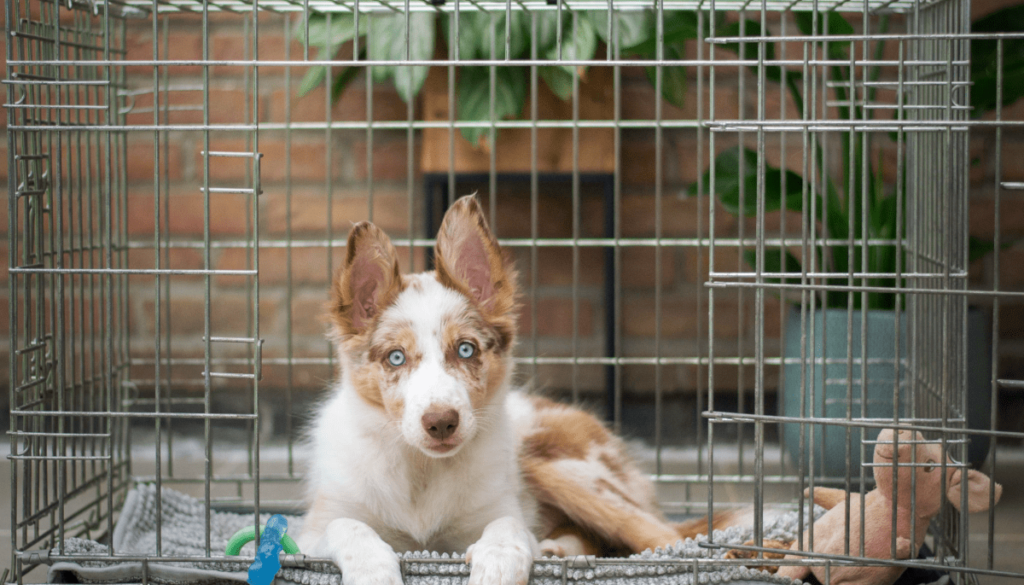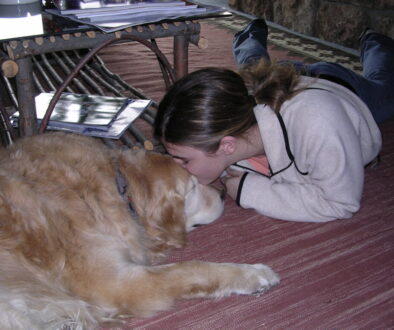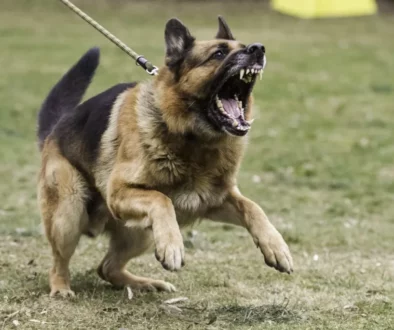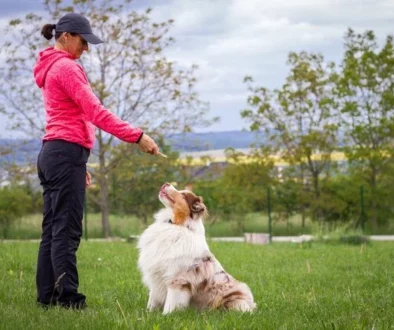Cage Training for Small Pets: Hamsters, Guinea Pigs, and More
Cage training can be a beneficial and effective way of providing a safe and secure space for small pets like hamsters, guinea pigs, and more. By teaching them how to adapt to and use their cages properly, you can ensure their well-being and minimize potential risks. In this article, we will explore the art of cage training for small pets, covering essential steps and considerations to help you create a comfortable and stimulating environment.
Cage training offers numerous advantages not only for you as a pet owner but also for the well-being of your small pets. By confining them to a suitable cage, you can minimize potential dangers and accidents in your home. Additionally, a properly trained pet will learn to view their cage as their safe haven, reducing stress levels and creating a sense of security.
Choosing the Right Cage for Your Small Pet
Selecting the appropriate cage is crucial to ensure the comfort and safety of your small pet. Consider the following factors when making your choice:
Appropriate Size and Design
The cage’s size should be suitable for the specific species of small pet that you own. It should provide enough space for them to move around, stretch, and engage in natural behaviors. Additionally, the design of the cage should incorporate features relevant to the pet’s needs, such as levels, ramps, and hiding spots.
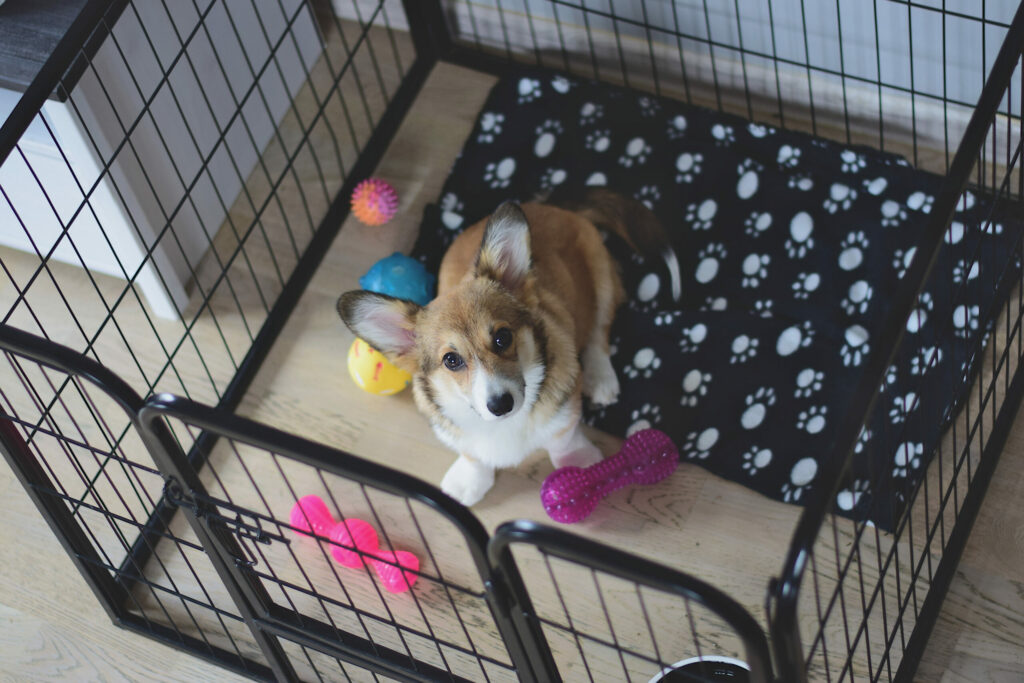
Material Considerations
Choose a cage made from non-toxic materials that are easy to clean and maintain. Avoid cages with sharp edges or toxic paints that can harm your pet. Opt for durable and escape-proof materials to prevent unfortunate accidents.
Setting Up the Cage
To ensure a smooth transition for your small pet into their cage, it’s important to set it up with careful consideration.
Providing the Essentials
Place appropriate bedding material in the cage, ensuring it is safe for your pet and offers comfort. Provide a separate area for them to eliminate waste, preferably using litter training techniques. Ensure easy access to food and water, placing the dishes in secure locations within the cage.
Creating a Comfortable Environment
Decorate the cage with items that cater to your pet’s natural instincts and behaviors. Include toys, tunnels, and chew items to encourage mental stimulation and physical activity. Consider adding hiding spots to replicate their natural habitat and provide a sense of security.
Introducing Your Small Pet to the Cage
Introduce your small pet to their new cage gradually to avoid overwhelming them. Follow these steps:
Gradual Introduction Technique
Allow your pet to explore the cage in short increments initially, gradually increasing the duration. Supervise their behavior and intervene if they display signs of distress or agitation.
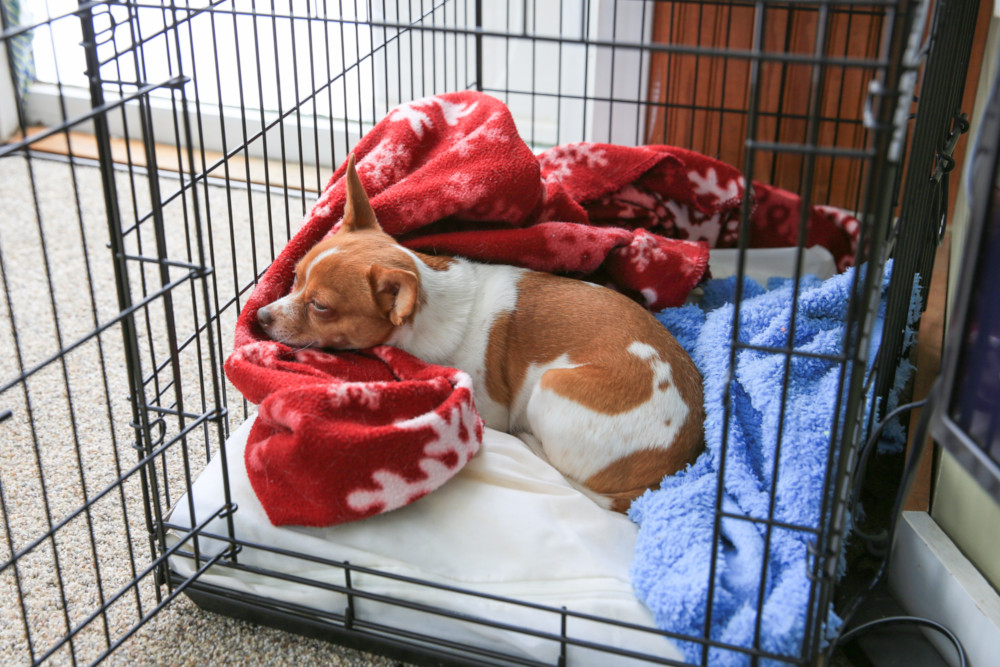
Patience and Reward-Based Training
Use positive reinforcement techniques to reward your pet for calm and positive behavior inside the cage. Offer treats, praises, or their favorite toys to associate their cage with positive experiences. Be patient and consistent with the training process, as it may take time for your pet to fully adjust.
Successfully Potty Training Your Small Pet in the Cage
Potty training is an essential aspect of cage training. Follow these techniques for success:
Litter Training Techniques
Place litter trays or boxes in dedicated corners of the cage and encourage your pet to use them consistently for waste elimination. Gradually move any soiled bedding or droppings to the litter tray, creating an association between the tray and elimination behavior.
Consistency and Reinforcement
Consistency is key when potty training your small pet. Ensure the litter tray is cleaned regularly to maintain hygiene and reinforce good habits. Reward your pet when they use the litter tray correctly to encourage consistent behavior.
Managing Anxiety and Boredom in the Cage
Small pets are prone to anxiety and boredom when confined to their cages for long periods. Enhance their well-being by addressing these concerns:
Providing Enrichment and Toys
Introduce a variety of toys and mental stimulation activities to keep your pet engaged and entertained. Toys that encourage foraging, climbing, and chewing can help satisfy their natural instincts.
Social Interaction and Playtime Outside the Cage
While cage training is important, it is equally vital to provide regular outside-of-the-cage time for socialization and exercise. Allow your small pet to explore a safe and supervised area outside of their cage to interact with you and their environment. This helps prevent feelings of loneliness and promotes a healthy bond.
Maintaining a Clean and Hygienic Cage
Regular cleaning of your pet’s cage is essential to maintain their health and well-being. Consider the following techniques:
Regular Cleaning Schedule
Establish a cleaning routine for the cage, ensuring you remove any soiled bedding, empty litter trays, and clean food and water dishes on a regular basis. Deep clean the entire cage periodically, using safe cleaning products that are specifically designed for small pet enclosures.
Safe Cleaning Products
When cleaning your pet’s cage, opt for non-toxic cleaning products that are safe for animals. Avoid using harsh chemicals or strong-smelling substances that can potentially harm your pet or cause respiratory distress.
Troubleshooting Common Cage Training Challenges
Cage training may come with its fair share of challenges. Here are some common issues and tips on how to address them:
Escaping Attempts
If your pet consistently attempts to escape their cage, ensure that the cage is secure and meets the size requirements for their species. Identify any potential escape routes and reinforce them to prevent any mishaps.
Chewing and Destructive Behavior
Small pets have a natural inclination to chew. Provide appropriate chew toys and items to redirect their chewing behavior away from the cage bars. Additionally, ensure they have enough mental and physical stimulation to prevent boredom which may lead to destructive behavior.
Safety Tips for Cage Training Small Pets
To ensure the safety of your small pet during cage training, consider implementing these precautions:
Escape-Proofing the Cage
Regularly inspect the cage for any gaps, loose parts, or potential escape routes. Reinforce and secure all parts of the cage to prevent accidents or unforeseen escapes.
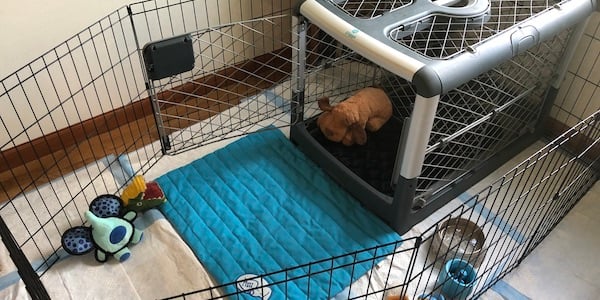
Avoiding Hazards and Unsafe Objects
Remove any toxic plants, wires, or objects that could pose a danger to your pet. Keep electrical cords out of reach and secure any potentially harmful substances or small items that they may accidentally ingest.
FAQs: Cage Training for Small Pets
- How long does it take to cage-train a small pet?
Cage training duration may vary depending on the individual pet and species. Generally, it can take a few weeks to a couple of months for a small pet to become fully trained and comfortable in their cage. - Can cage training be done with all small pet species?
Cage training methods can be applied to a variety of small pet species such as hamsters, guinea pigs, rats, gerbils, and mice. However, specific training techniques may vary slightly based on the species’ needs and behaviors. - What are some common mistakes to avoid during cage training?
Common mistakes to avoid include rushing the training process, overcrowding the cage, and using punishments or negative reinforcement techniques. It is important to give your pet ample time to adjust and to focus on positive reinforcement for desired behaviors. - Is it necessary to cover the cage at night?
Covering the cage at night can help simulate a natural sleeping environment for certain small pets. However, it may not be necessary for all species. Research your pet’s specific needs and behaviors to determine if covering the cage is appropriate. - How can one prevent small pets from chewing on cage bars?
Providing adequate chew toys, mental stimulation, and exercise can help redirect chewing behavior away from cage bars. Monitoring and addressing potential causes of stress or boredom can also minimize this behavior.
In conclusion
Cage training for small pets such as hamsters, guinea pigs, and others is an effective way to ensure their safety, well-being, and comfort. By following the outlined steps and techniques, pet owners can create a stimulating and secure environment within the cage, fostering positive behaviors and a strong bond between them and their furry companions. Remember to be patient, consistent, and observant of your pet’s needs throughout the training process, and always prioritize their safety and happiness.
Also Read:
Pet Care Tips for Cats for Beginners
Pet Care Tips for Dogs for Beginners
